#StillStand – Interview with Ida Lawrence
About #StillStand project
In the middle of the crisis – in the standstill – we (artists) are still standing!
Ein Projekt der Urban Spree Galerie und Señor Schnu in Berlin
The Urban Spree Gallery in Berlin is one of the most internationally renowned addresses for urban art in Germany since 2012. The artists’ residency, the exhibition space, the bookshop & shop as well as the concert hall and beer garden were now completely closed by Corona.
Over the years, the 120m2 wall of one of the buildings facing the Warschauer Brücke has been painted by artists for each exhibition. Among them were internationally renowned artists such as 1UP, ABOVE, Broken Finger Crew, DAZE, HONET, Jim Avignon, M-City, Mode2, Rylsee, Twoone, Victor Ash, ZEVS, Marina Zumi and many more.
In times of Corona – in which artists have hardly any possibilities to exhibit and produce for projects – this wall, which is well known in Berlin, is now, through a past Open Call, giving Berlin artists the chance to express themselves outdoors, on a large format, on the subject of Corona and art, and to collectively move forward productively and creatively in order to avoid an absolute standstill. However, no event will take place.
In mid-May 2020, a five-member jury consisting of the director of Urban Spree, Pascal Feucher, the initiator and artist Senor Schnu, as well as the artists Johannes Mundinger and Julia Benz and the art historian Katia Hermann, selected four artists. In the selection process, attention was paid to the thematic reference, originality, quality, feasibility, style and parity.
Every 10 days from May to July 2020 a new work will be created on the 120m2 wall. The murals will be presented through photography, drone shots and video documentation in an online exhibition on the internet and social media by the Urban Spree Gallery. Passers-by can only see the works from a distance from the bridge.
Das Projekt wird von Molotow, Pandemic Healing Arts, Neis Design BLN, We did nothing wrong e.V., Dämmisol, Cosmopola, Urbanpresents, Urban Spree Galerie, Lauritz Kurth, Katia Hermann und Anette Mischler unterstützt.
The chosen artists are (in order of production): HowtokillaGraffiti, Ida Lawrence, Coco Bergholm and the duo Arbeitstitel.
The artist HowtokillaGraffiti started the first production, which he completed within four days. His wall painting was on display until 5.06.2020.
Then the Australian artist Ida Lawrence started and produced her wall painting in five days. Her mural can be seen until 18.06.2020.
Ida Lawrence from Sydney in Australia, is a visual artist who has been living in Berlin for half a year. Since 2012 she has been combining writing and image in her painting. The aspect of storytelling in her works challenges the viewer to take time to decrypt the work and to grasp the allusions of the artist. With slightly provocative humor and wit, she refers to simple and ordinary things of everyday life that should appeal to everyone.
#StillStand, Ida Lawrence, Urban Spree – Juni 2020 ©Sophie Schermer #StillStand, Ida Lawrence, Urban Spree – Juni 2020 ©Sophie Schermer #StillStand, Ida Lawrence, Urban Spree – Juni 2020 ©Sophie Schermer #StillStand, Ida Lawrence, Urban Spree – Juni 2020 ©Sophie Schermer
Katja Aksenenka interviewed Ida Lawrence for us.
Hello Ida, Ida Lawrence is your artist name or is it also your real name?
Yes it is both and a nice coincidence!
It’s not like in the Street Art or Graffiti scene, where some use 10 different names – you just only have one?
Yeah. I was amused when we all met up at the first STILLSTAND meeting, and we were introducing ourselves. I was asked: “And what’s your name?Ida Lawrence. Cool, but what’s your real name?
You come from Australia, from Sydney. How long are you now in Berlin? And what did bring you to this city so far away from your hometown?
I’ve been here since November 2019. And why am I here? Curiosity, really. It’s so far from where I am from, and I wanted to spend time here in Berlin for more than just a couple of weeks. I wanted to spend a proper amount of time here to see what other people are making, and what I can make, and who I will meet along the way.
#StillStand, Ida Lawrence, Urban Spree – Juni 2020 ©Lukas K Stiller #StillStand, Ida Lawrence, Urban Spree – Juni 2020 ©Lukas K Stiller #StillStand, Ida Lawrence, Urban Spree – Juni 2020 ©Lukas K Stiller
You mean with „making“ more things, in the artistic scene and more with art?
Yes, I’m interested to see what other people are making not just in the visual arts, but also in music, theater, dance… as an audience member, and perhaps also as a potential collaborator. I’m really interested to learn new perspectives and ways of doing things to what I’m familiar with in Australia and in Indonesia, where I have been based at different times.
What made you to decide for Berlin?
First of all the art scene, but I also have a few close friends here. I think it is important to have some kind of support system in the process of moving to a new place. And yes, as an Australian, where it’s so far to travel to another country, the idea of Europe – that you can be in another country within a few hours – is so amazing.
Do you have already painted similar walls sized like the one here in Urban Spree?
This is the biggest one, so far. Recently, while working in my studio on a painting which is 3 m x 3 m, I was thinking that I would love to paint something bigger, even though my current studio space is quite small. Then I received news that my STILLSTAND application was successful and all my dreams came true.
#StillStand, Ida Lawrence, Urban Spree – Juni 2020 ©Lukas K Stiller #StillStand, Ida Lawrence, Urban Spree – Juni 2020 ©Lukas K Stiller #StillStand, Ida Lawrence, Urban Spree – Juni 2020 ©Lukas K Stiller #StillStand, Ida Lawrence, Urban Spree – Juni 2020 ©Lukas K Stiller
What kind of experience do you want to show on the wall at Urban Spree?
I responded to the theme of the open call, which I understood was „the importance of art and culture in times of Corona“. During this period of time I have spent quite a lot of time at home, not really meeting many people and making a lot of phone calls with people in other cities. So the idea for the design that I proposed came out of one of many long phone conversations with the artist, Caitlin Hespe, who is one of my very good friends. We speak to one another quite frequently. She mentioned she had been doing a lot of self-reflection during this Corona time, and she called it „self-reflection on steroids“. That conversation inspired me to make a drawing of my own face being reflected over and over again, and disintegrating in the process, and then when I heard about the STILLSTAND Open Call, I wrote the story collaging together some of my experiences. So one interpretation of my mural could be that art is a reflection of our inner selves, or that it can help us to process experiences.
What have you done during Corona besides of being home?
Well, as you will read in the mural, I have spent a lot of time on the Internet. One thing that brought me a lot of joy was going on walks.
But it’s also interesting that you come to know the city in this calm…?
Well, I know a lot of people who, like me, were also a little bit lucky they didn’t have to go to work. A lot of people then watched a lot of movies and appreciated it. I really enjoyed looking at the art of children – like chalk drawings in the park, which i saw by going on walks. That I also mentioned in my design of my mural.
#StillStand, Ida Lawrence, Urban Spree – Juni 2020 ©Lukas K Stiller #StillStand, Ida Lawrence, Urban Spree – Juni 2020 ©Lukas K Stiller #StillStand, Ida Lawrence, Urban Spree – Juni 2020 ©Katia H. #StillStand, Ida Lawrence, Urban Spree – Juni 2020 ©Katia H. #StillStand, Ida Lawrence, Urban Spree – Juni 2020 ©Katia H. #StillStand, Ida Lawrence, Urban Spree – Juni 2020 ©Katia H. #StillStand, Ida Lawrence, Urban Spree – Juni 2020 ©Lukas K Stiller #StillStand, Ida Lawrence, Urban Spree – Juni 2020 ©Lukas K Stiller
Is there another meaning of the children’s drawings, which are also in your mural or why did you use them as a reference?
Seeing chalk drawings and scribbles on the pavement really did bring me a lot of comfort during the lock down. They are a kind of ordinary, very simple thing – by this I mean, there’s no prestige, and this kind of making pictures or making art is so accessible. If you can access or buy chalk then you can participate in making these things. I think they really add something to the character of the neighborhood or the city, when you have these expressions in the landscape. Maybe it feels safe or something as well. If we’re teaching our children to draw or if we’re encouraging our children to create, then this must be something that we – as a society or just these parents! – value.
And was it maybe a kind of Street Art for you?
I guess so, or maybe the name doesn’t matter. As an artist, I found those chalk drawings as inspiring as an artwork made by another adult. The lines and colors and the freedom. I mean, I’m often drawn to small details, like the ordinary and little details in an urban landscape. For example, when walls have been buffed and it’s slightly the wrong color to the rest of the wall – I love that! I see these kinds of expressions in the landscape – and when things aren’t „perfect“ – it is very human somehow. There’s something I’m really drawn to in the messiness of these kinds of things, and that they are often overlooked, or almost invisible, or not seen as important, makes it feel more exciting to notice them. When I’m walking through a city, I’m looking at these little details, little expressions and eccentricities. So, I wanted to reference the children’s chalk drawings through the colors of my mural, and it happened that the wall at Urban Spree has a great texture to paint lines that look like chalk drawings.
Do you have a connection to the Street Art Scene?
I haven’t ever really been part of that „world“. Apart from painting some murals, I am usually sharing my work in galleries and project spaces. I feel very lucky to be able to test out my way of painting on this wall at Urban Spree, and to contribute to Berlin’s streetscape in this way. In the past I haven’t deeply followed the Street Art scene, but like the way I’m seeing details in the landscape, I’m sure that the Street Art, that I have seen in my lifetime, has influenced my own way of seeing and painting. And now I’m in Berlin I’m curious to learn more about what people are making here and nearby.
How did you start to do art? Or how was your artistic career until today?
I loved to draw when I was a child, and I loved making birthday cards for friends and family that had some kind of personal significance to the recipient. I was lucky to be born into a family that encouraged creativity. When I finished high school at 18, I went to art school, like an art university. I didn’t know at that point that I wanted to be an artist. That decision was driven by curiosity – I wanted to learn about art, try out different media and be around people who were also making things. It was in my last year at art school that I realized this was something that I really wanted to do, to pursue this art thing professionally.
And after your art studies you moved to Indonesia?
Yes, I studied dance there for two years, while continuing to make visual art. I was living in Yogyakarta, which has a very strong art scene and I had my first solo exhibition there.
You have so many interests and topics. Do you try to bring them together or connect those topics with each other in your art work ?
I’m sure there is a kind of mutual influence across the different media and ways I have worked. When I was doing more dancing and performance, I was thinking of that as part of my art practice. Many of the themes and concepts overlapped with what I was making in my visual art practice. I guess this is kind of the beauty of an art practice – it can be anything you’re interested in. Right now in my practice I’ve been focusing on painting stories – writing and painting, words mixed with images. That is also connected to what I’ve painted now at Urban Spree.
#StillStand, Ida Lawrence, Urban Spree – Juni 2020 ©Lukas K Stiller #StillStand, Ida Lawrence, Urban Spree – Juni 2020 ©Lukas K Stiller #StillStand, Ida Lawrence, Urban Spree – Juni 2020 ©Lukas K Stiller #StillStand, Ida Lawrence, Urban Spree – Juni 2020 ©Lukas K Stiller
That means you’re trying to combine pictures and text? Or does it just flow, when you start working?
Yes, this is something that I’m interested in developing more at the moment. I like telling stories. Painting them is a way to share things I have observed or experienced, so it is a kind of way for me to process my experiences. In my recent paintings that combine images and text, I spend a lot of time writing and editing the stories on my computer before I start painting them. Usually I don’t really know what a painting will look like beforehand, so this mural at Urban Spree is a little unusual for me, I was working with a sketch.
When did you start combining text and images in your work? And why or what was the occasion?
I started combining text and images in 2012, while I was living in Indonesia and doing an art residency at the time. In that body of work I wrote stories into my paintings – and some of them were annotated maps, and letters to my family members. Since then, I have worked in a variety of media – like installation, or using photography – depending on what the project was, but this way combining images with words or stories is something I have revisited over the years and I realize now, that it’s something I really want to develop more. I see the painting as a form of storytelling. So the way the words are painted, and how they sit with the images, is as much part of the story as the actual meaning of the words. In previous works, often when I’ve made mistakes in the text and crossed them out, I’ve left these in the finished painting because I think that adds to the painting’s character, and to the storytelling.
Did the importance of art changed for you during Corona or how systematical relevant is art for you? And have you been more productive during the lock down?
No, I wasn’t able to make much during the lock down. Somehow I feel that as an artist, I am not the best person to ask about the importance of what I do! This mural is my first time showing ans sharing my work in Europe. I’m excited that I can share it with anyone who is passing by and happens to see it – I guess this includes many people who aren’t necessarily visiting art galleries and would never see my work if I am exhibiting in that kind of context. So that’s really nice for me to be able to share my work with more people. Maybe it’s one of the most democratic ways to share art.
Thank you Ida for this nice conversation!
instagram.com/idalawrencee idalawrenceprojects.wordpress.com urbanspree.com/blog
Text about #StillStand & photo editor: Katia Hermann
Interview DE & EN: Katja Aksenenka
Thanks to the photographers: Katia H., Sophie Schermer, Lukas K Stiller
690 views
Categories
Tags:



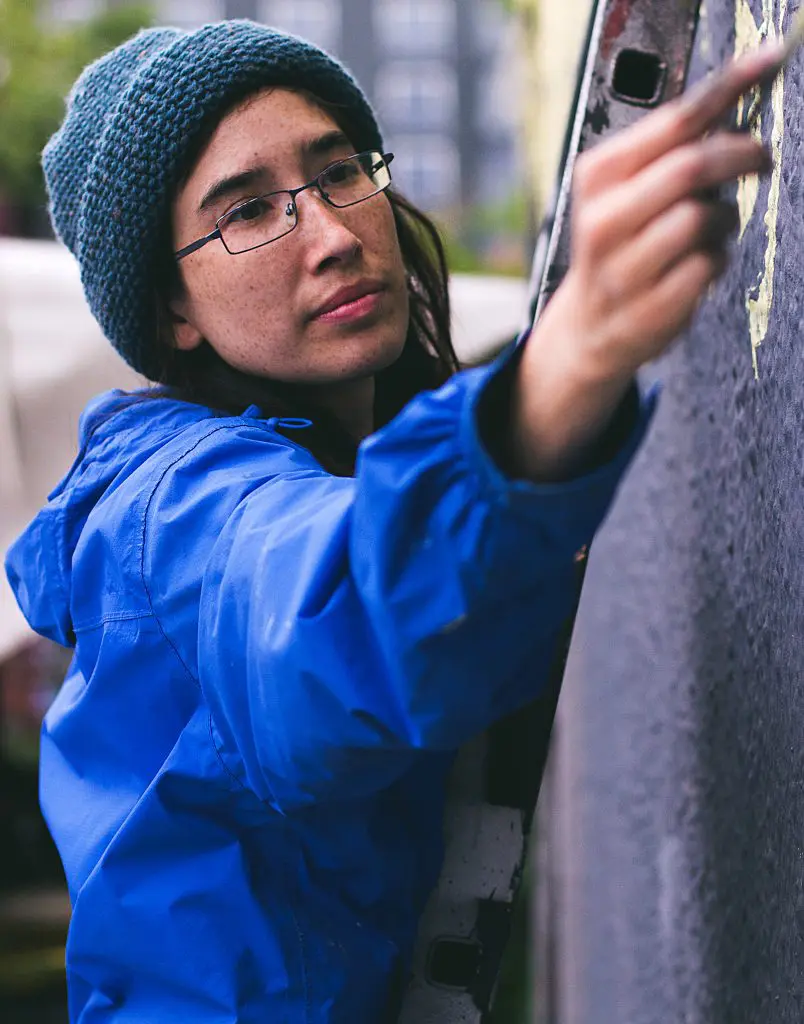
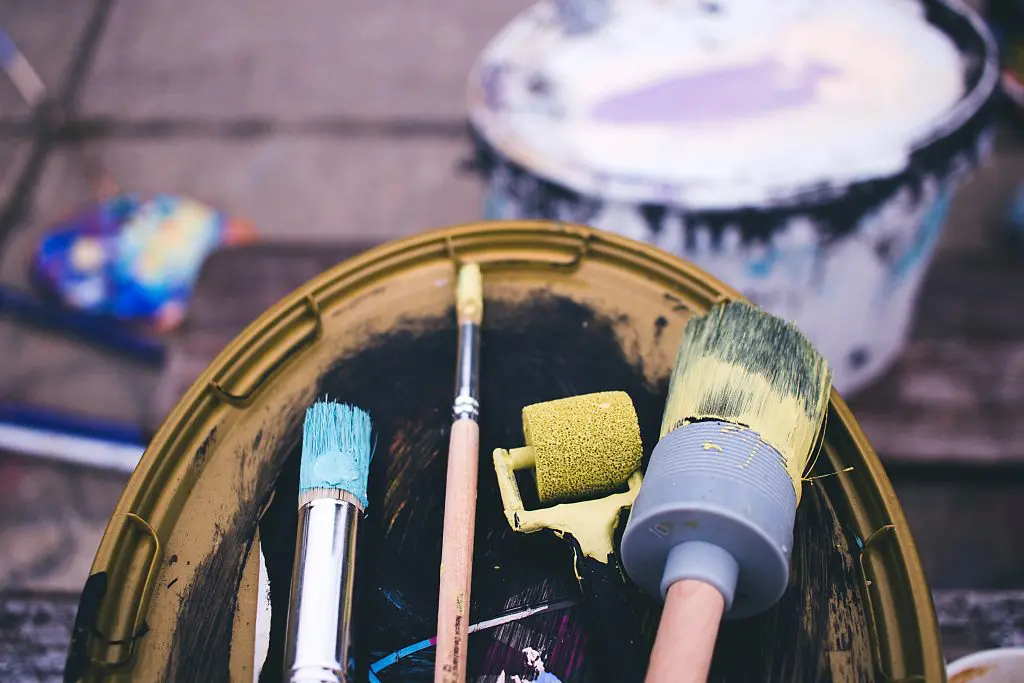
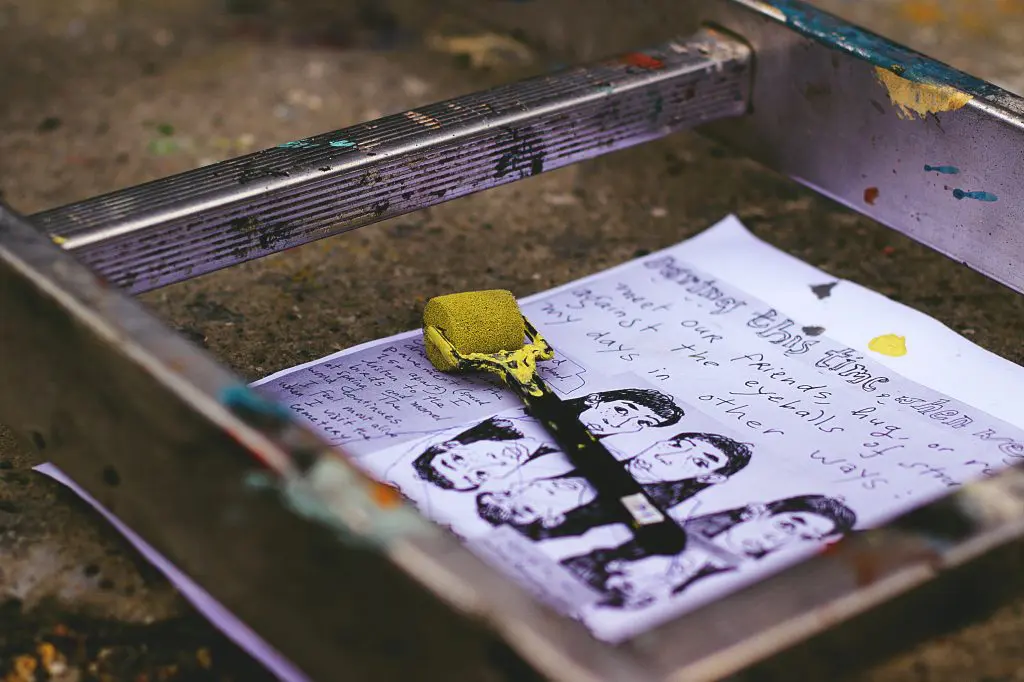
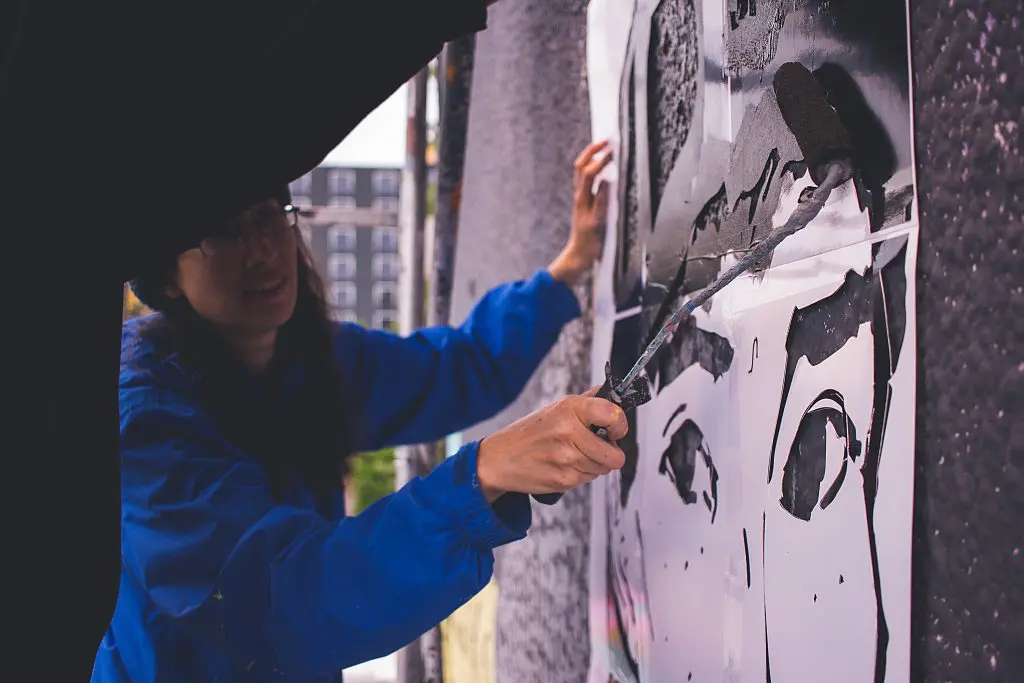
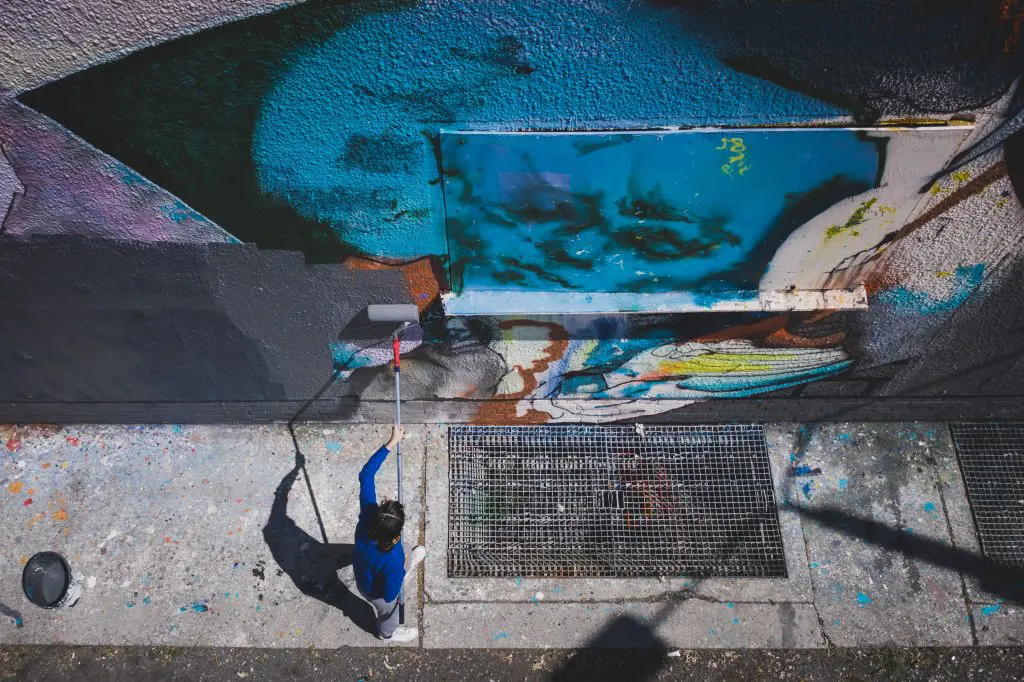
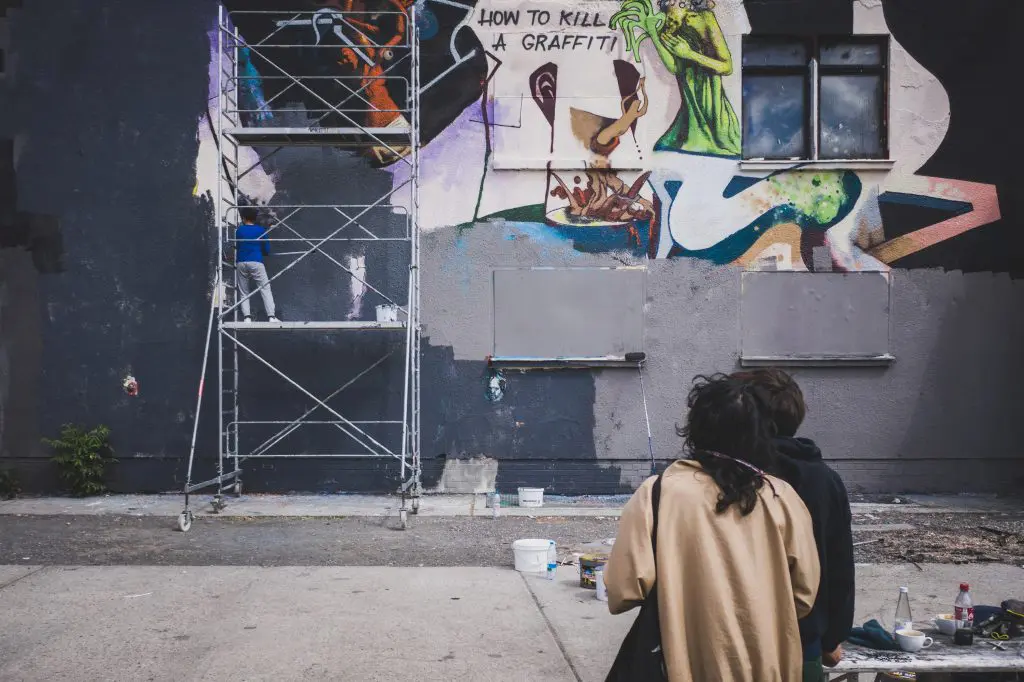
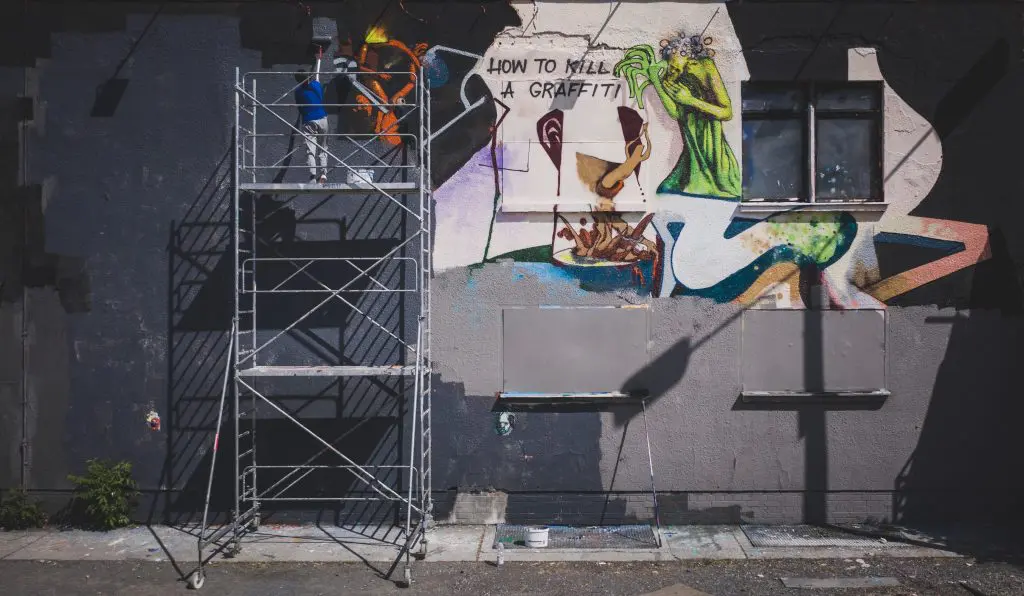
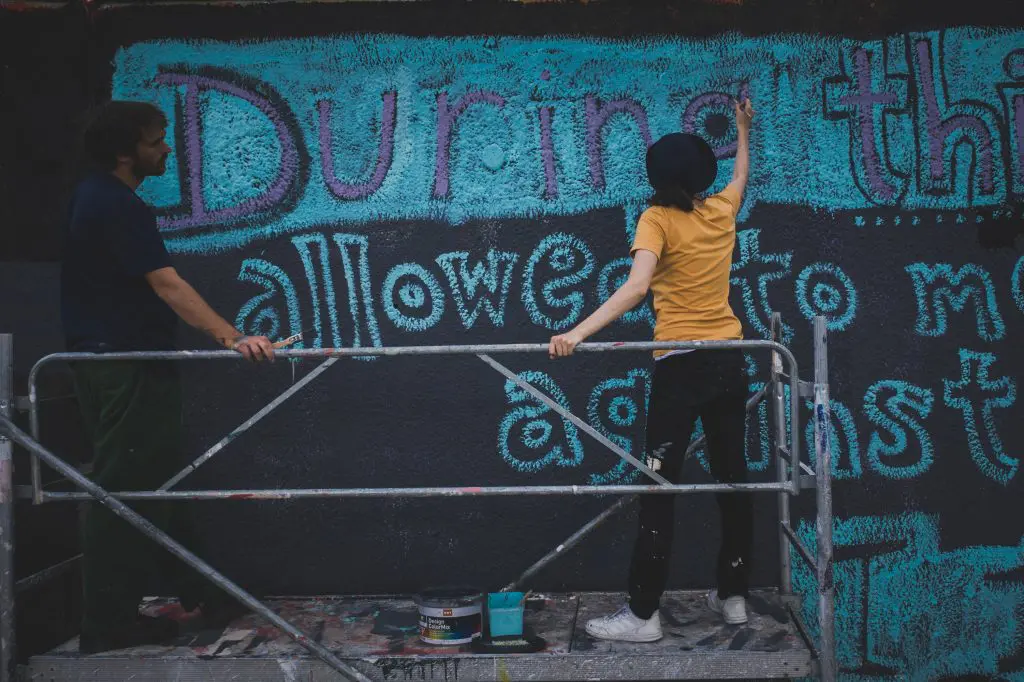
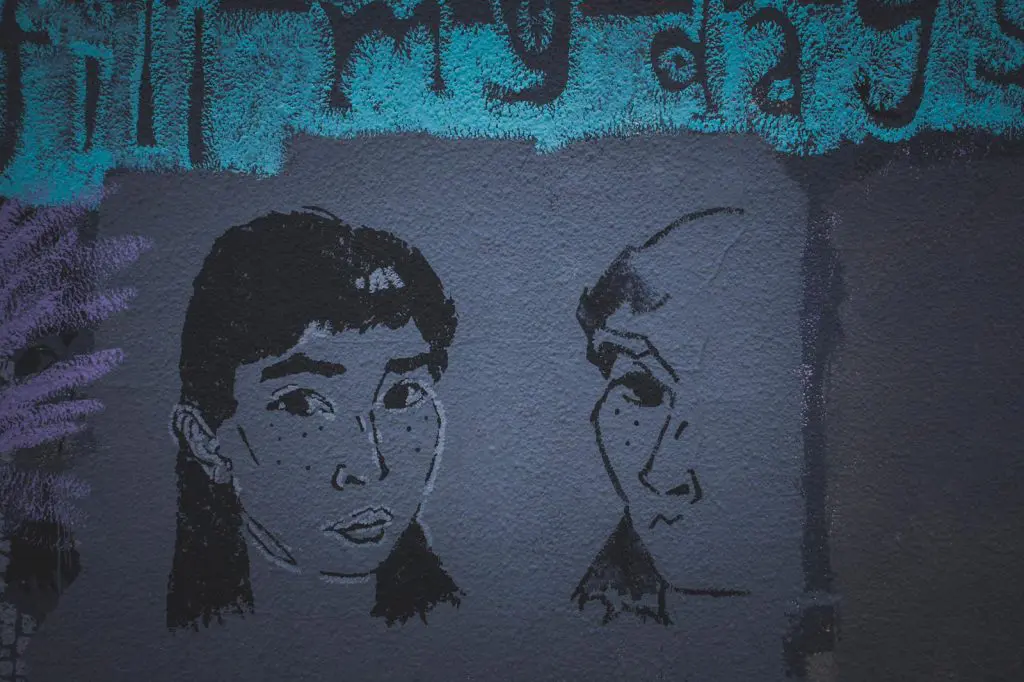
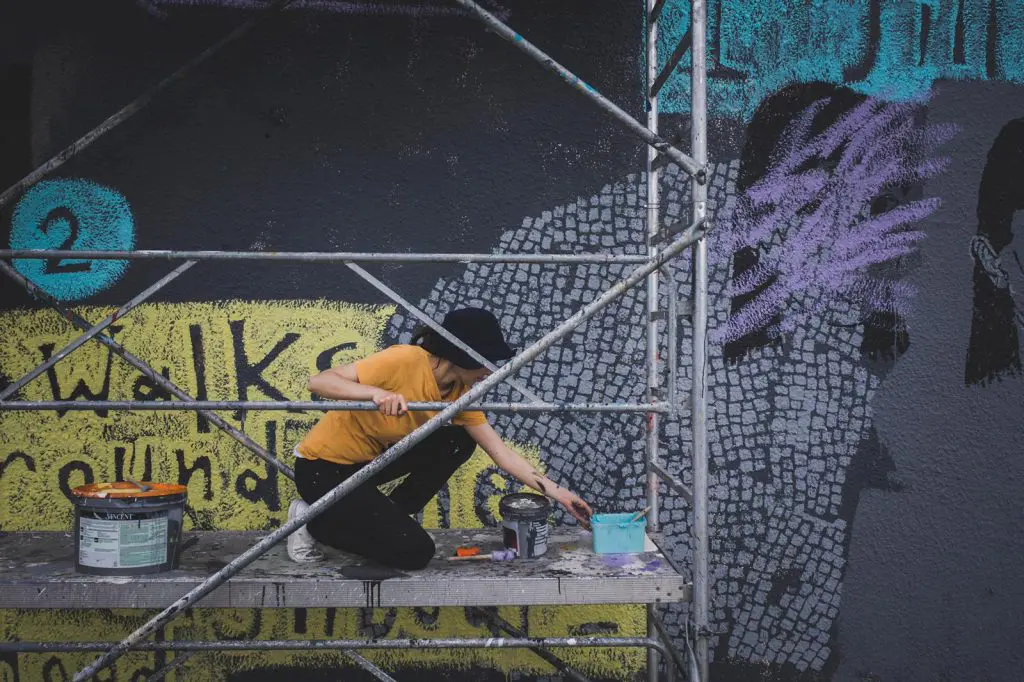
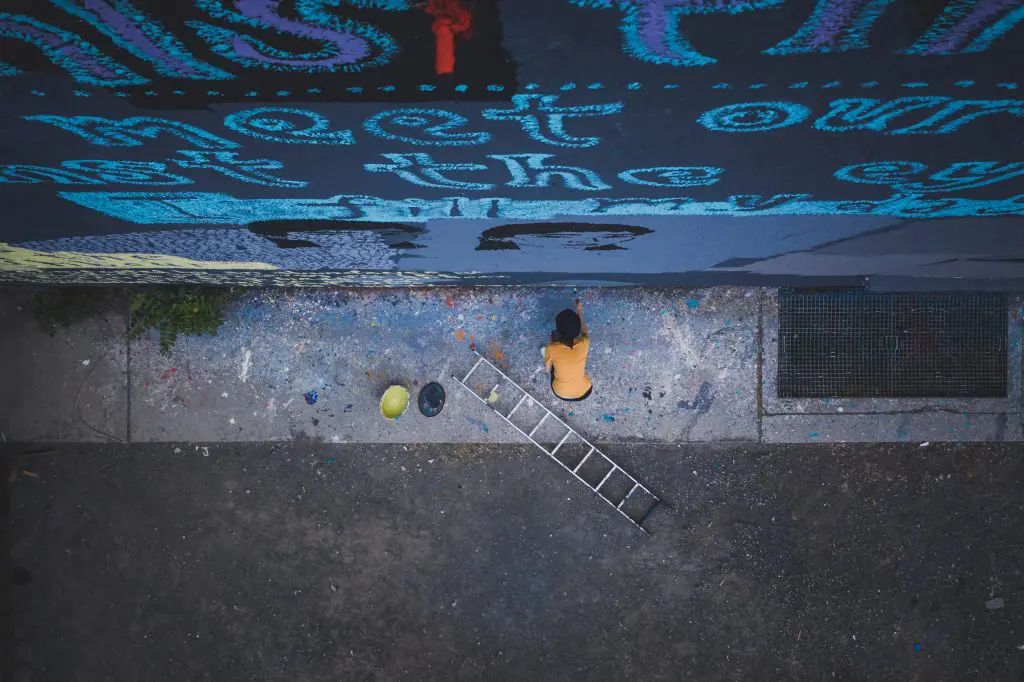
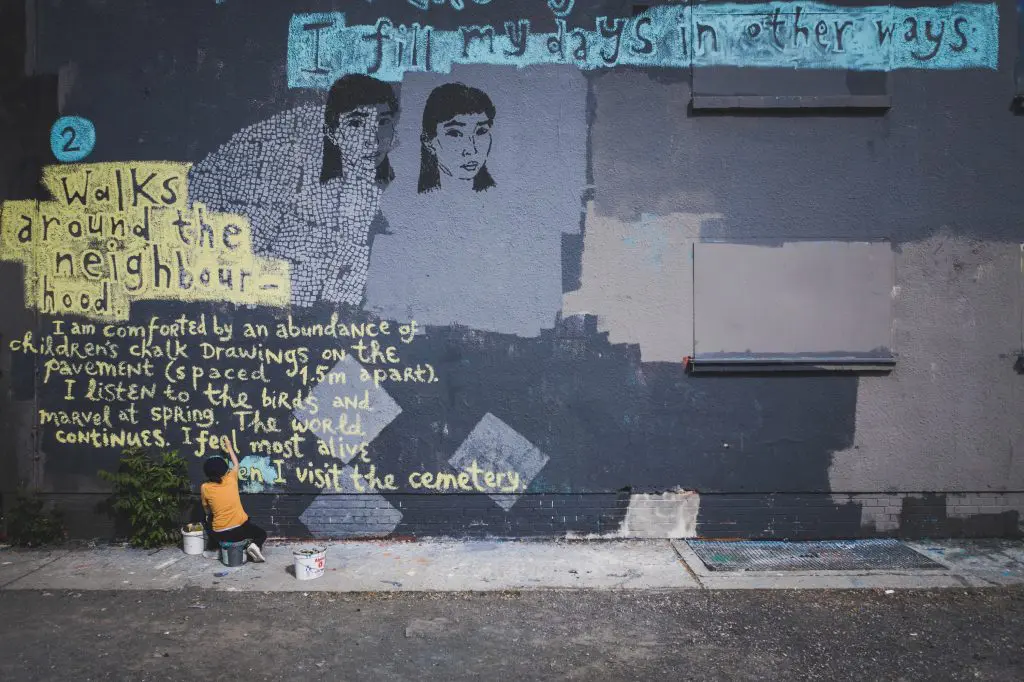
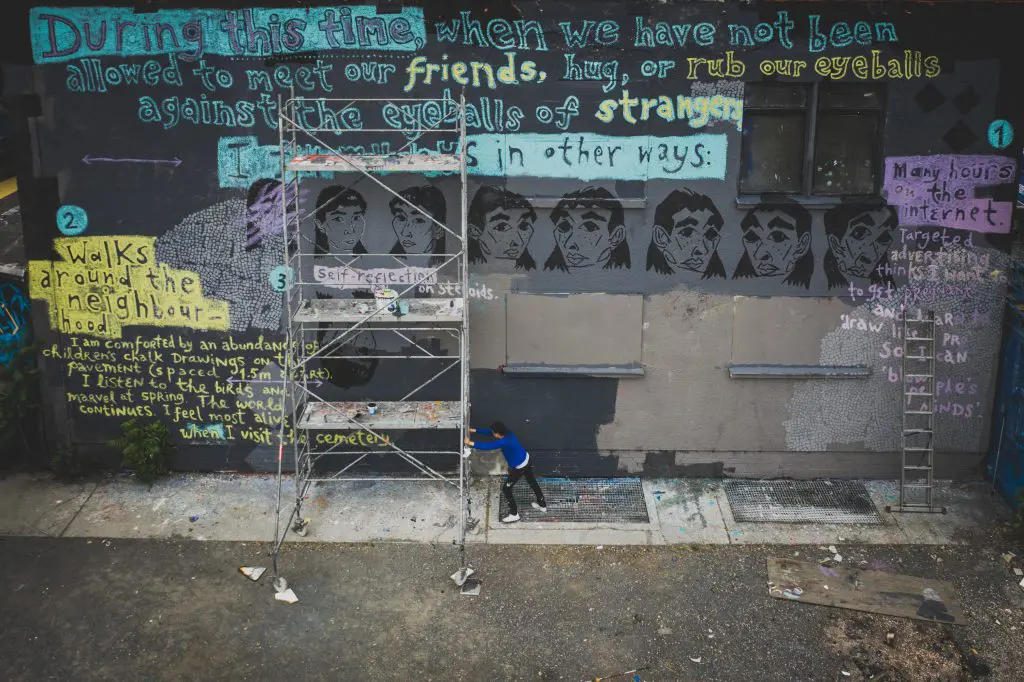
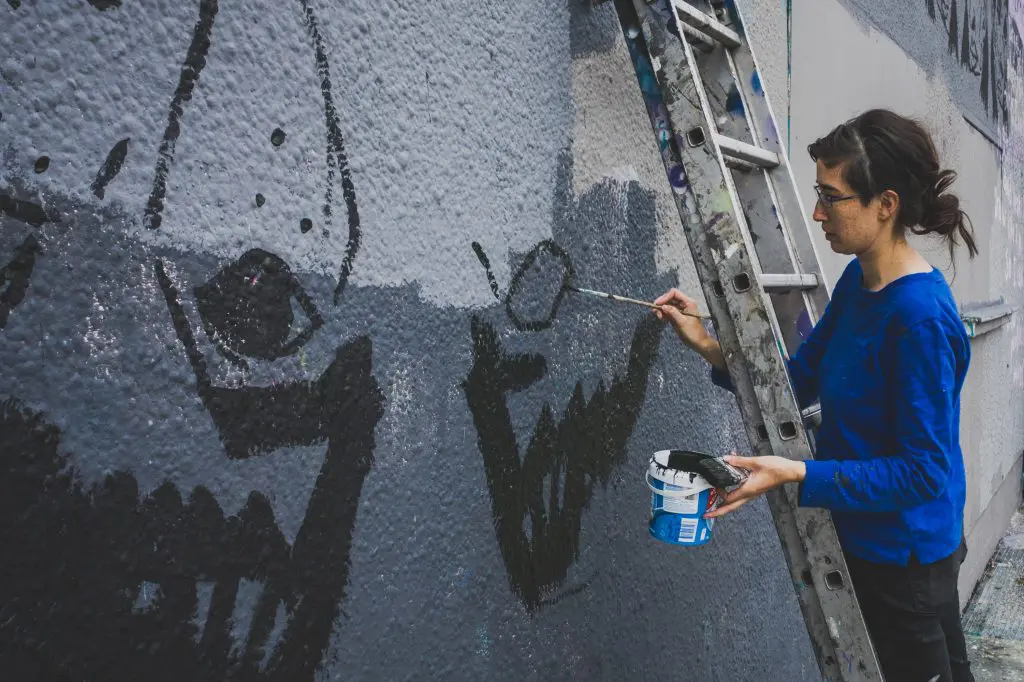
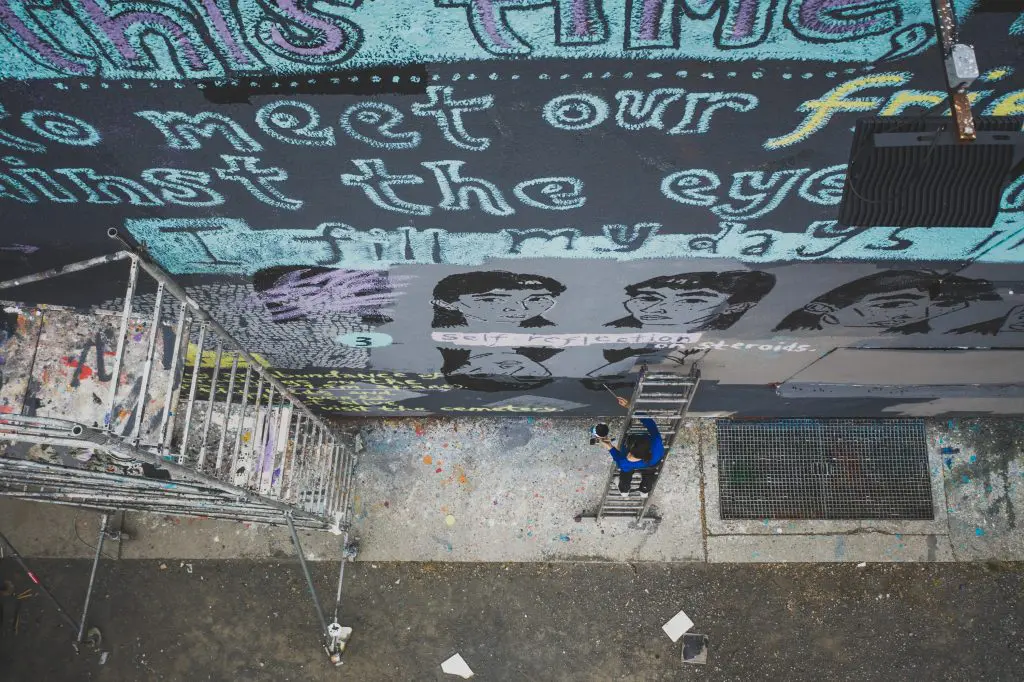
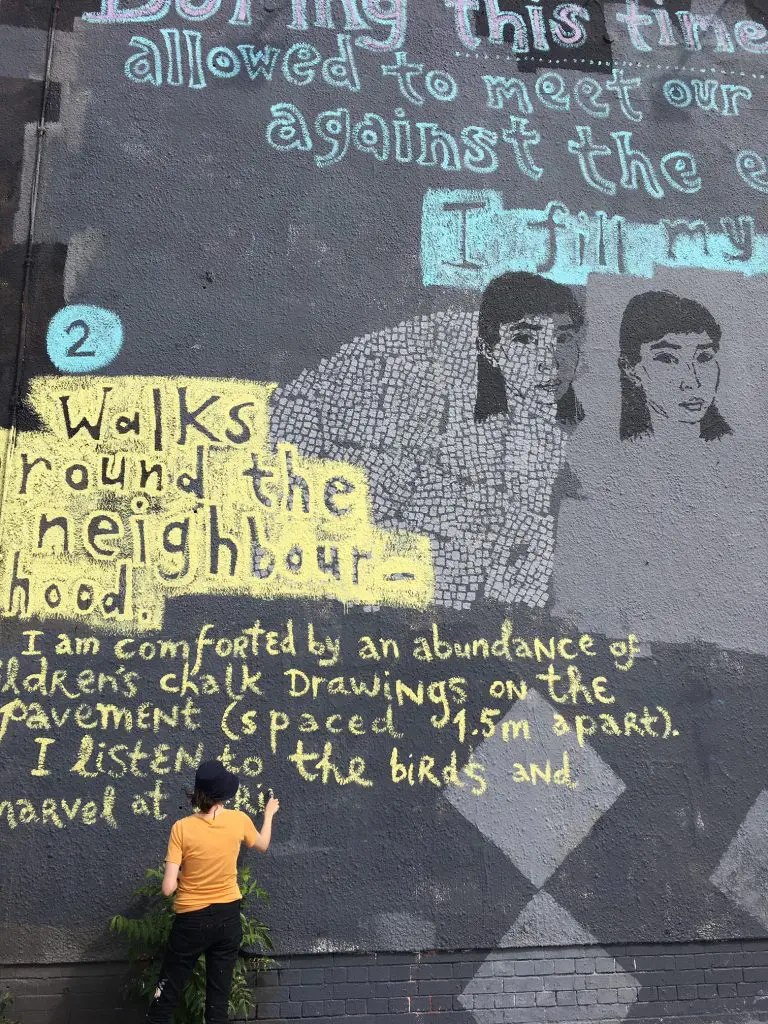
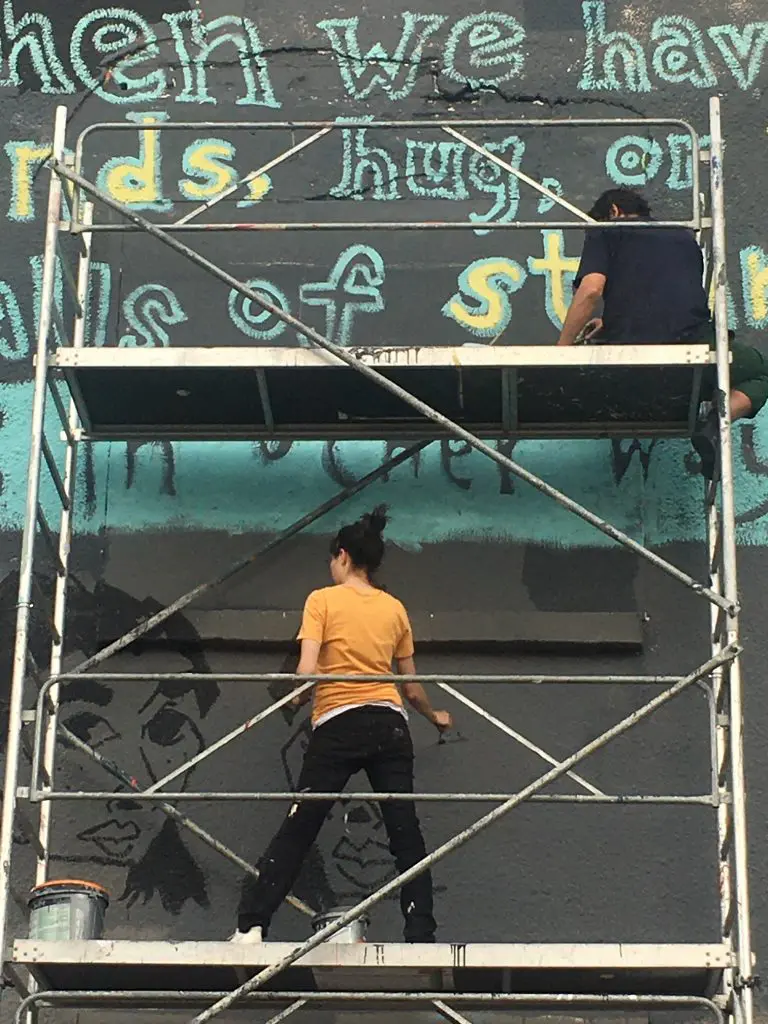
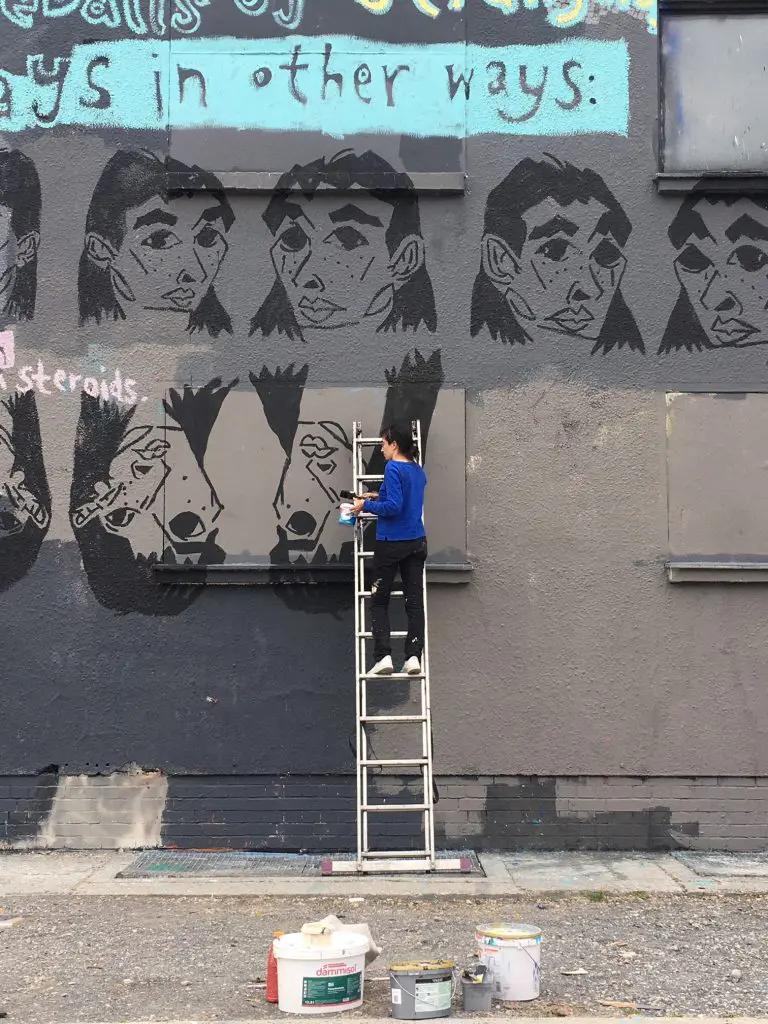
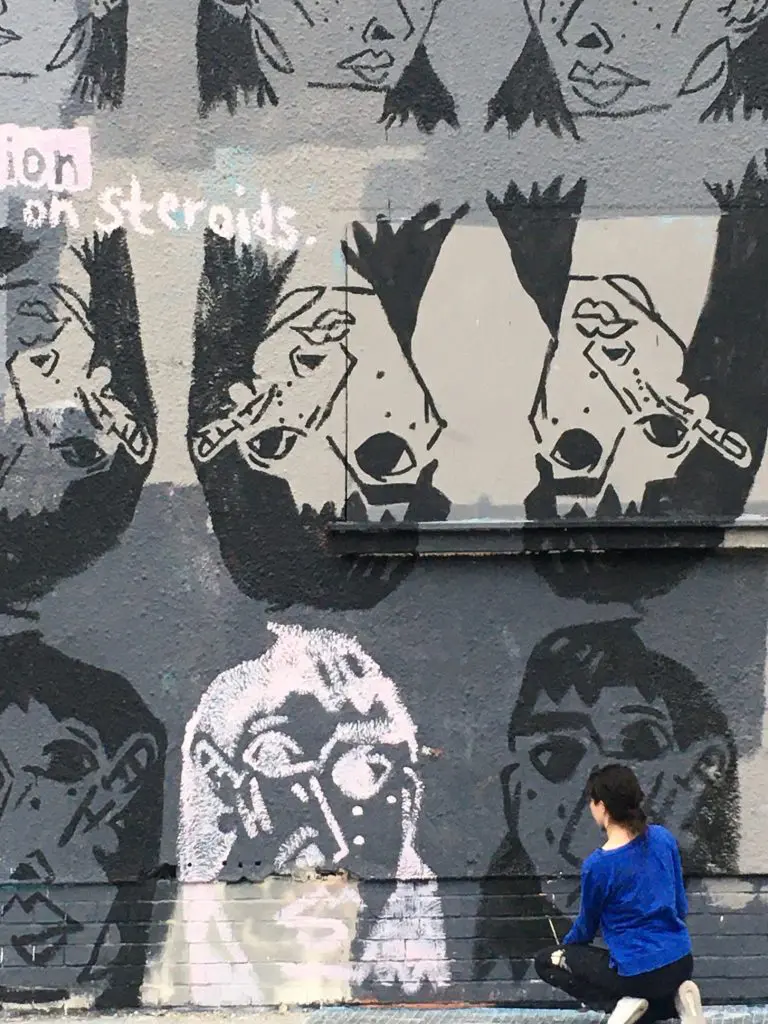
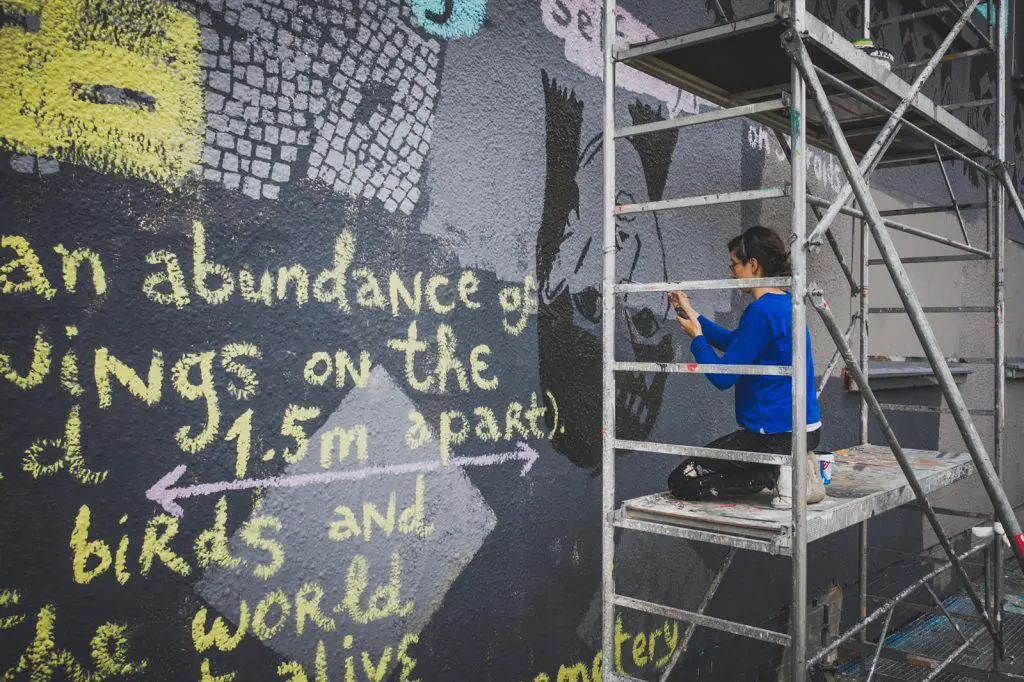
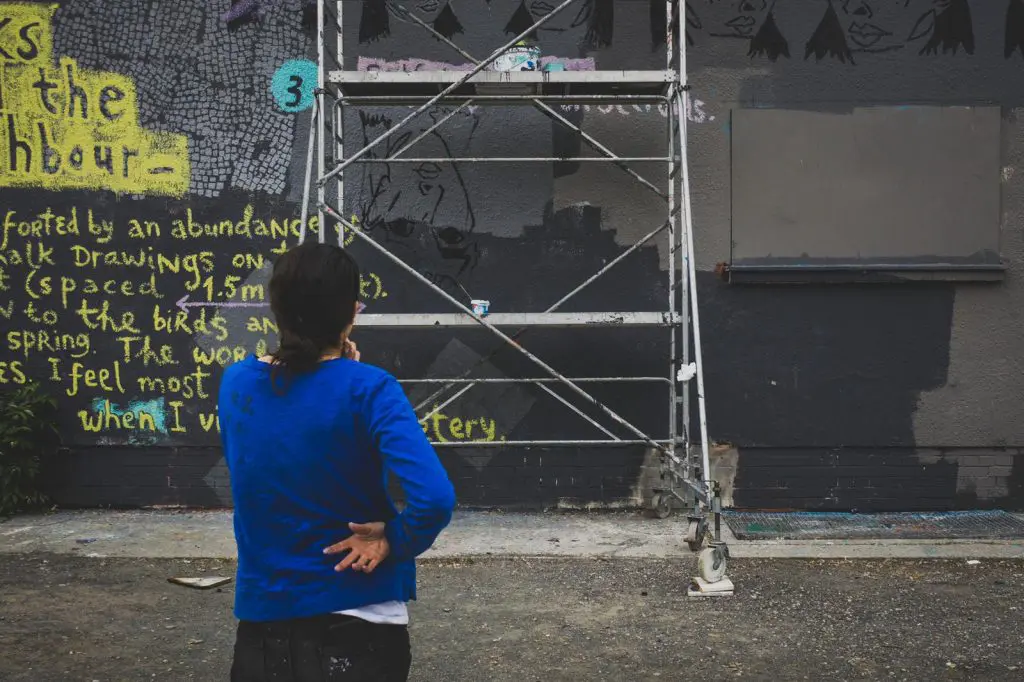
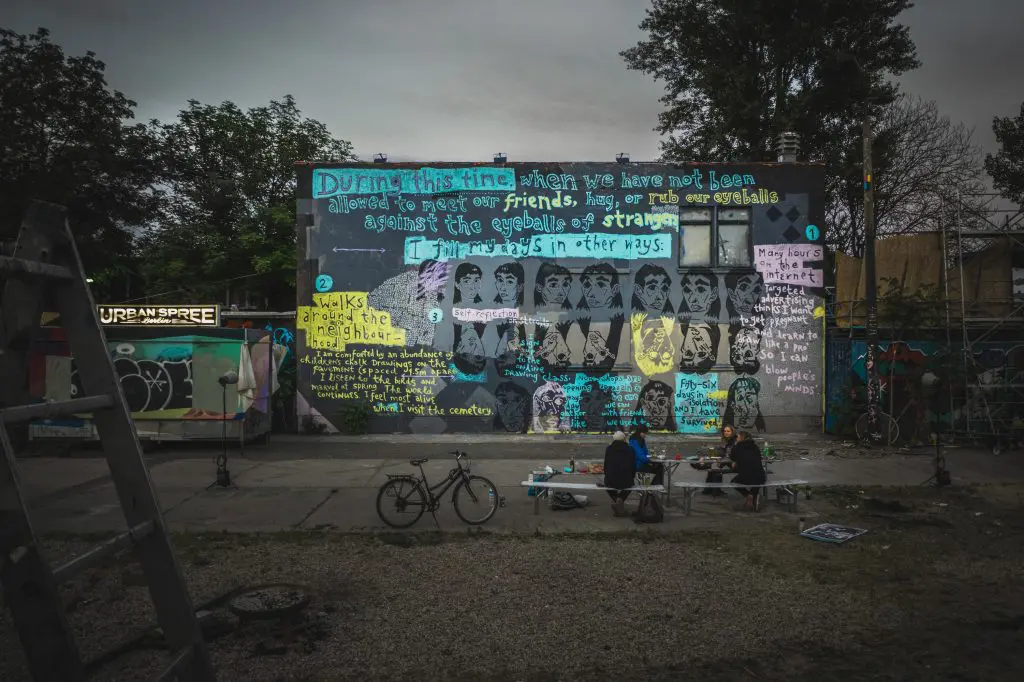
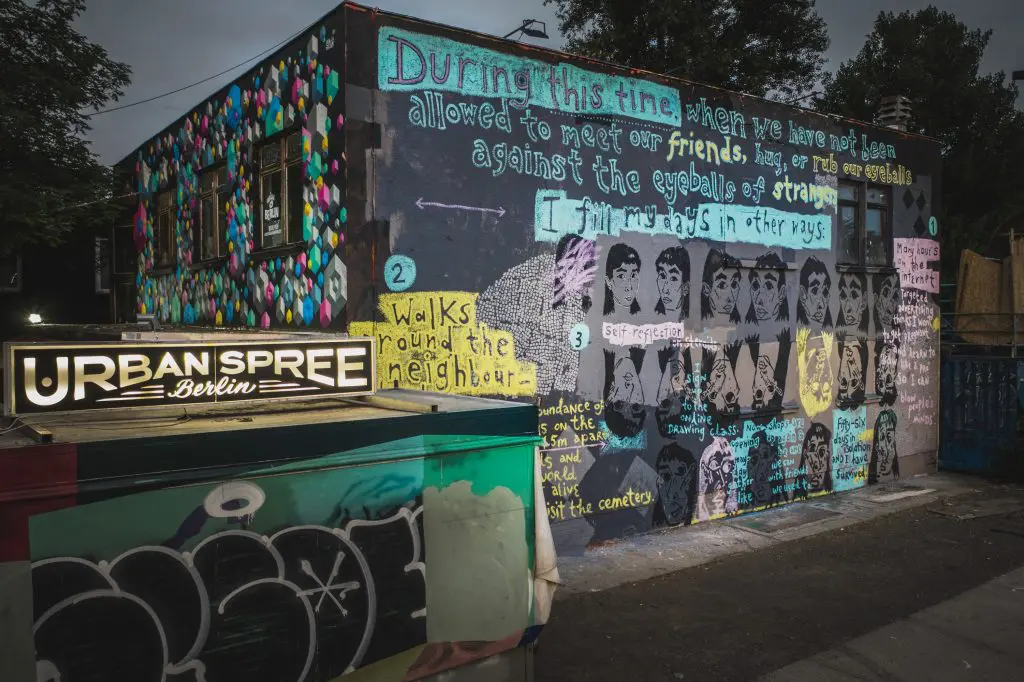
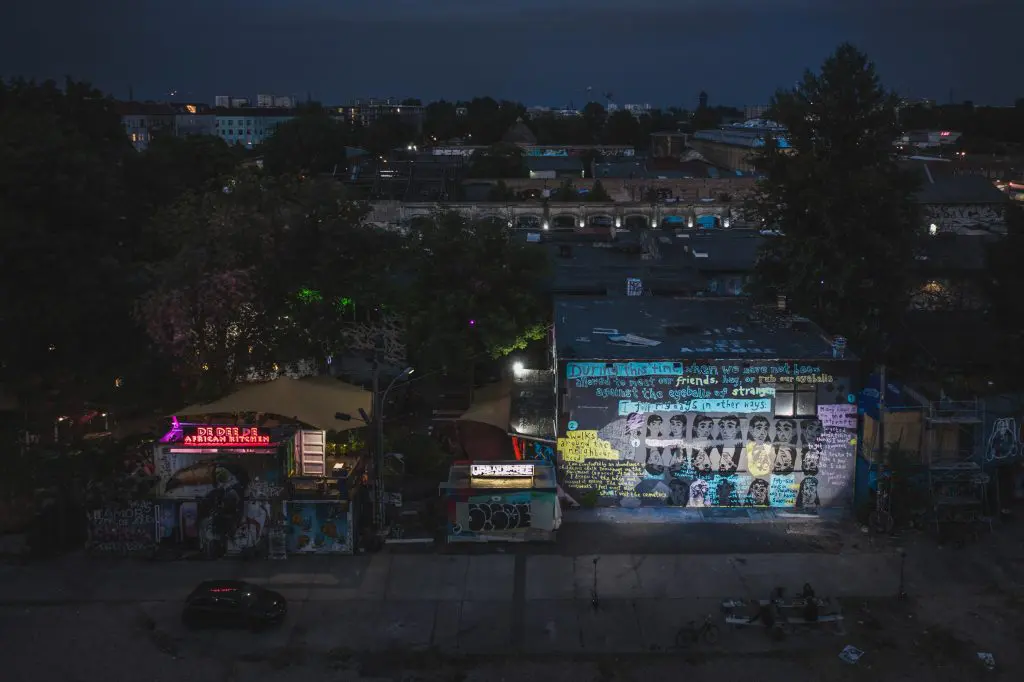
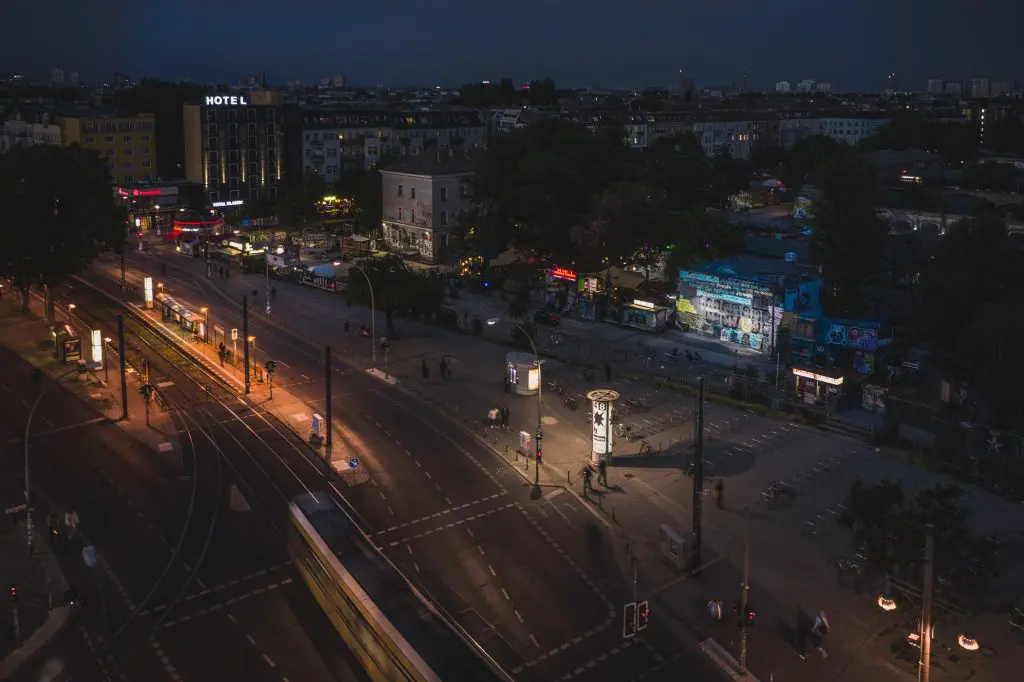
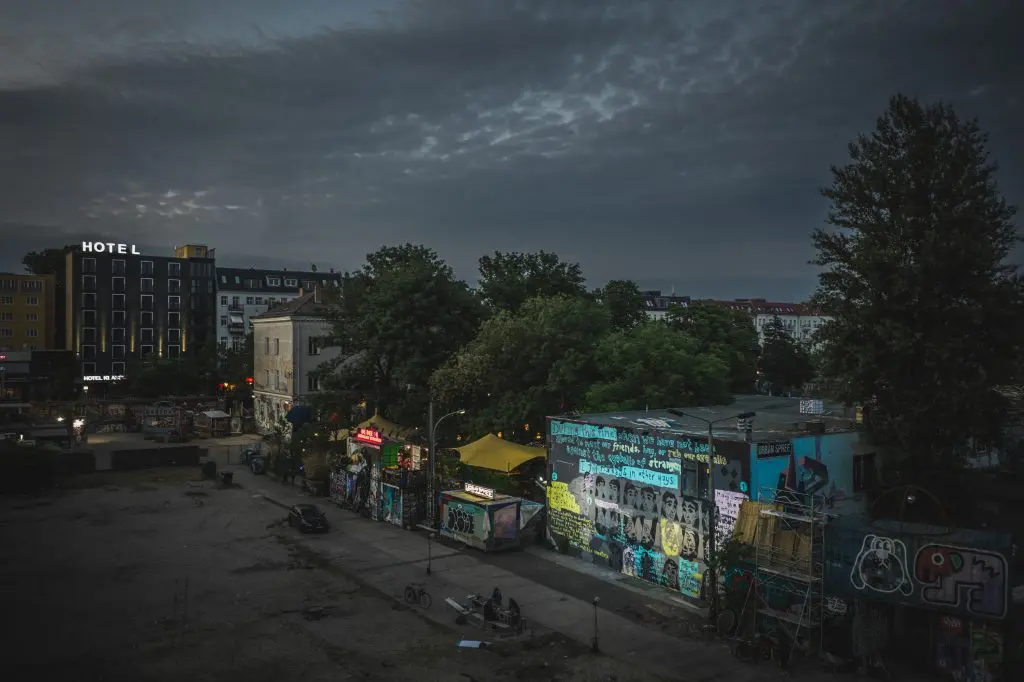
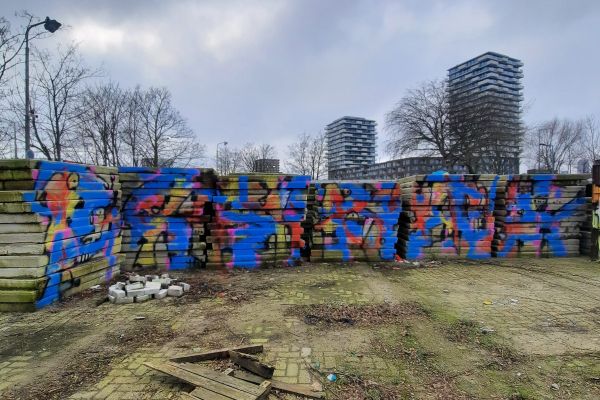
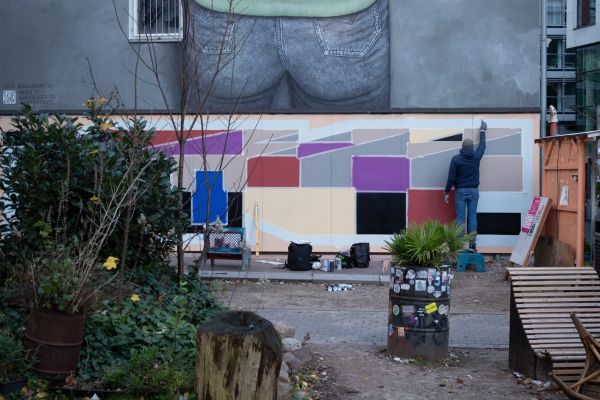
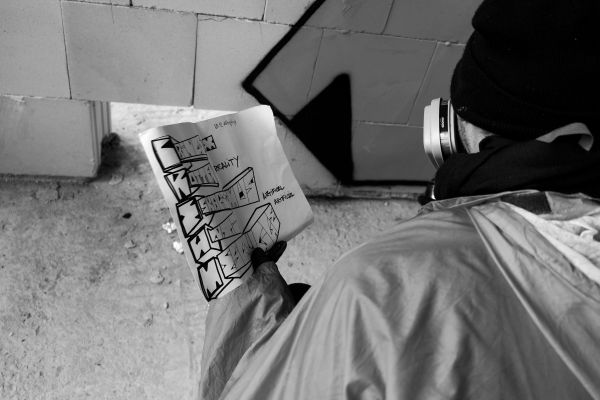
Leave a Reply